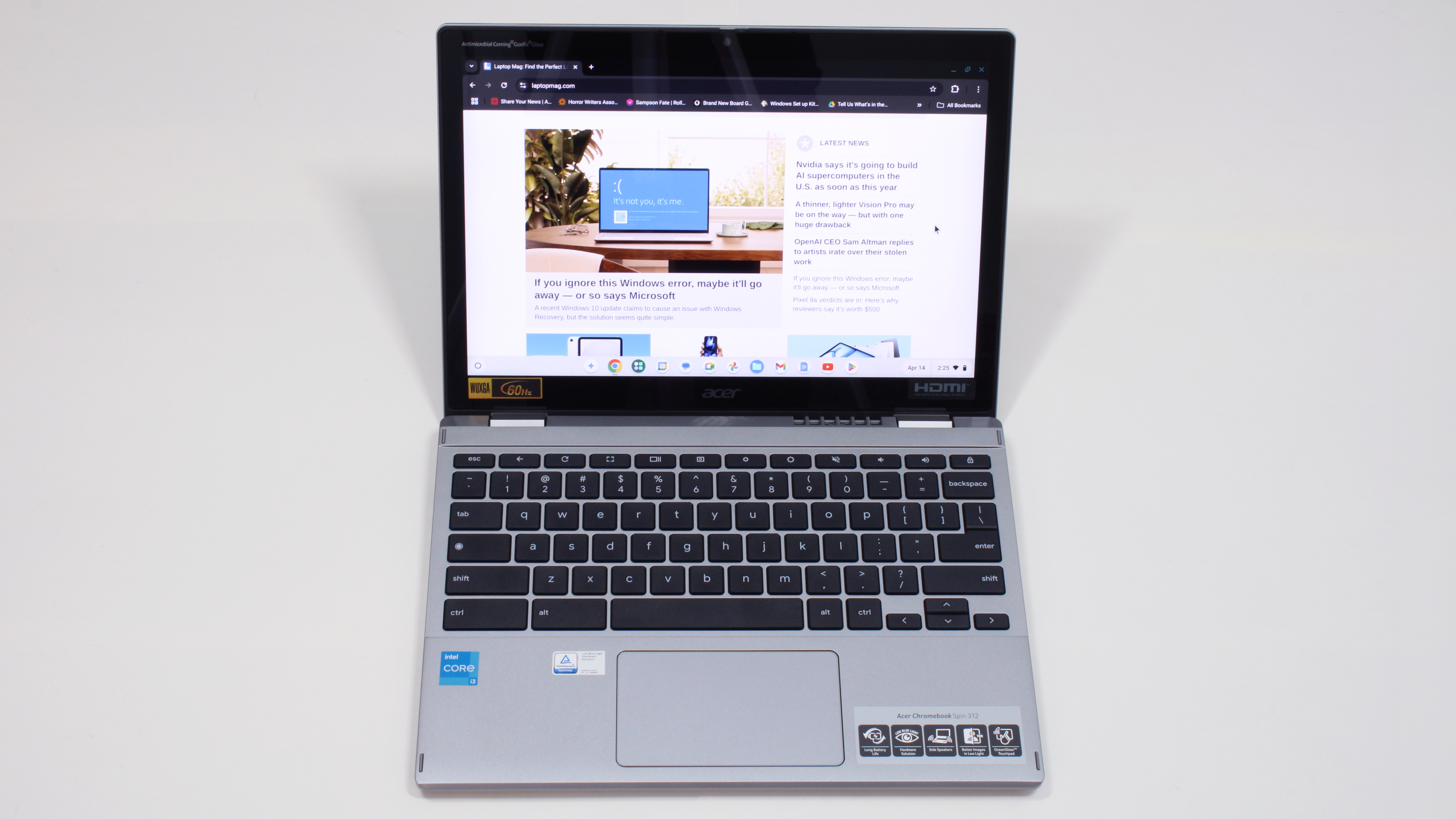Are bigger gaming laptops really better? Here’s how an RTX 5080 beat an RTX 5090.
Maximum power vs. portability
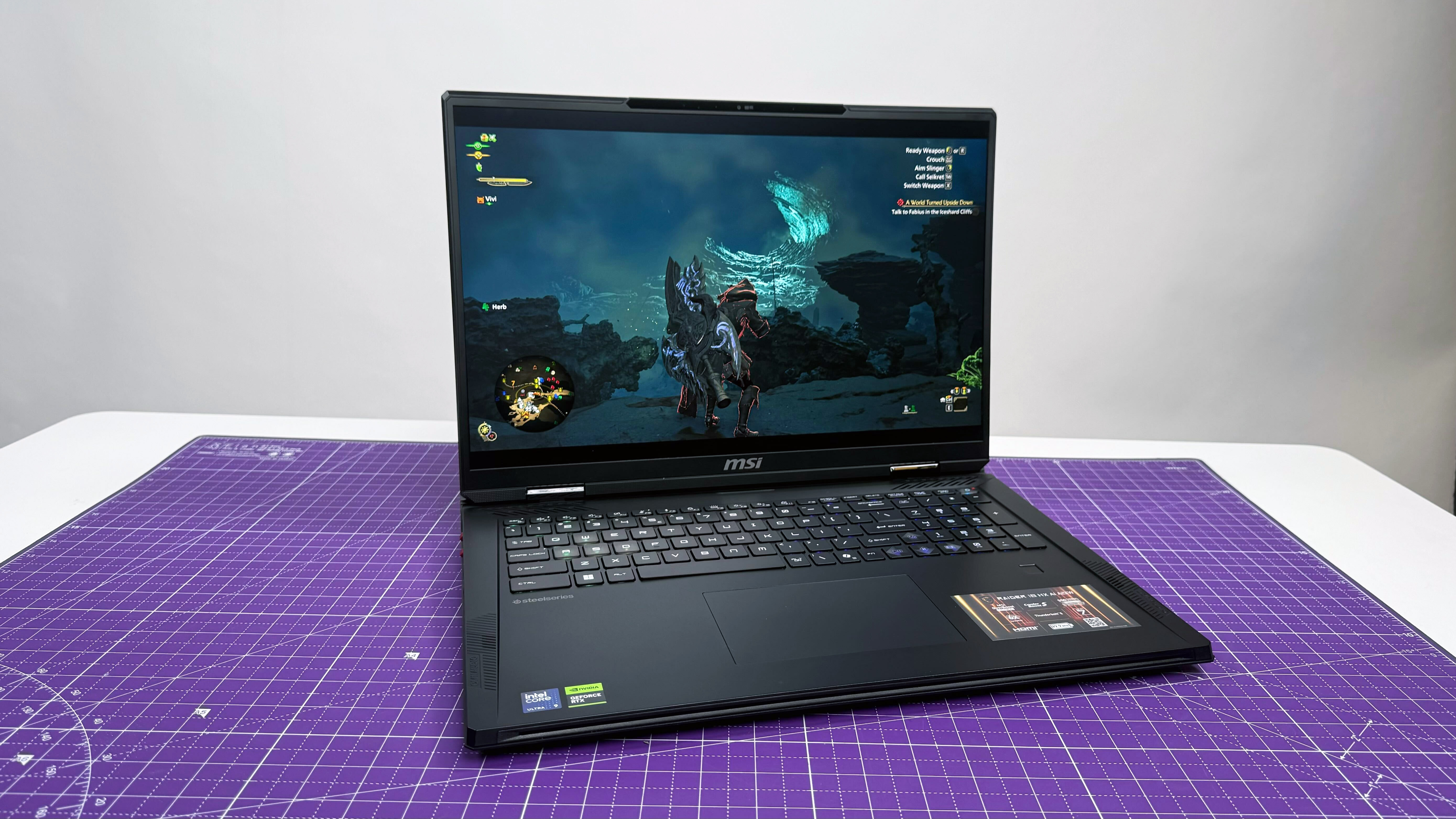
When shopping for the best gaming laptops, the expectation is that when it comes to GPUs, bigger is better. An Nvidia RTX 5090 GPU should consistently outperform an RTX 5080. That’s just how the CUDA cores crumble.
But now and again, we get a system that proves the exception to the rule.
In this case, we’re talking about the MSI Raider 18 HX AI, which features the powerful combo of an Nvidia RTX 5080 GPU and an Intel Core Ultra 9 285HX processor.
Due to the Raider’s ability to leverage up to 260 Watts of power for its CPU and GPU, it easily overpowered the RTX 5090 in the Razer Blade 16 (2025) and HP Omen Max 16.
Confused? Let me explain.
More laptop equals more power and better cooling
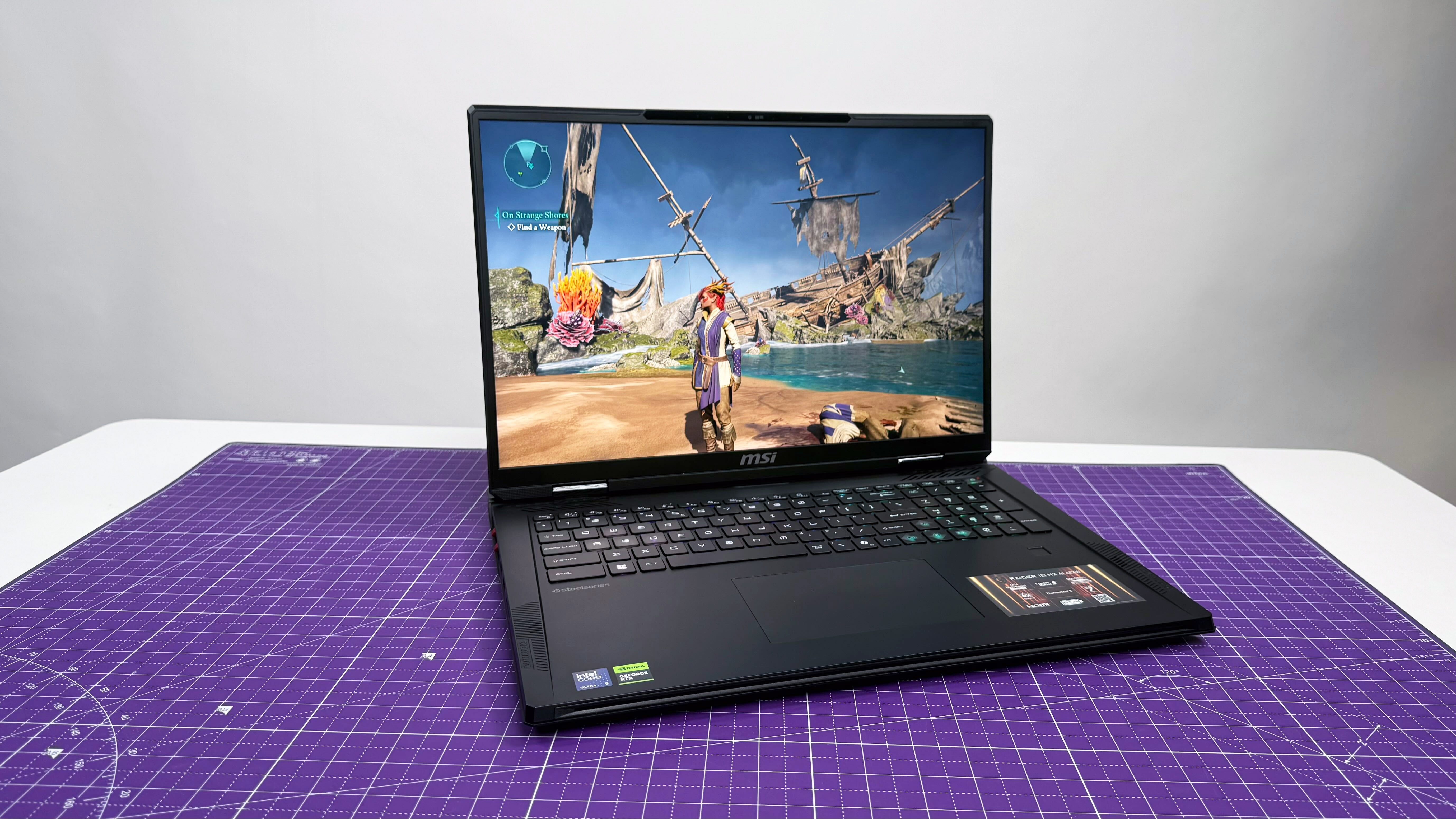
One of the benefits of an 18-inch desktop replacement gaming laptop is that its size gives it room for a proper cooling system that can leverage as much power as possible to the CPU and GPU, which gets you the kind of performance that justifies ditching your desktop PC for a laptop instead.
The trade-off is that you don’t expect it to be portable. So if it’s more than an inch thick and weighs almost 8 pounds, we don't recommend commuting daily with it.
Sign up to receive The Snapshot, a free special dispatch from Laptop Mag, in your inbox.
But returning to the advantages, we ran the MSI Raider 18 HX, Razer Blade 16 (2025), and HP Omen Max 16 through multiple game benchmarks spanning the gamut of optimized performance, older titles, and GPU-melting new releases.
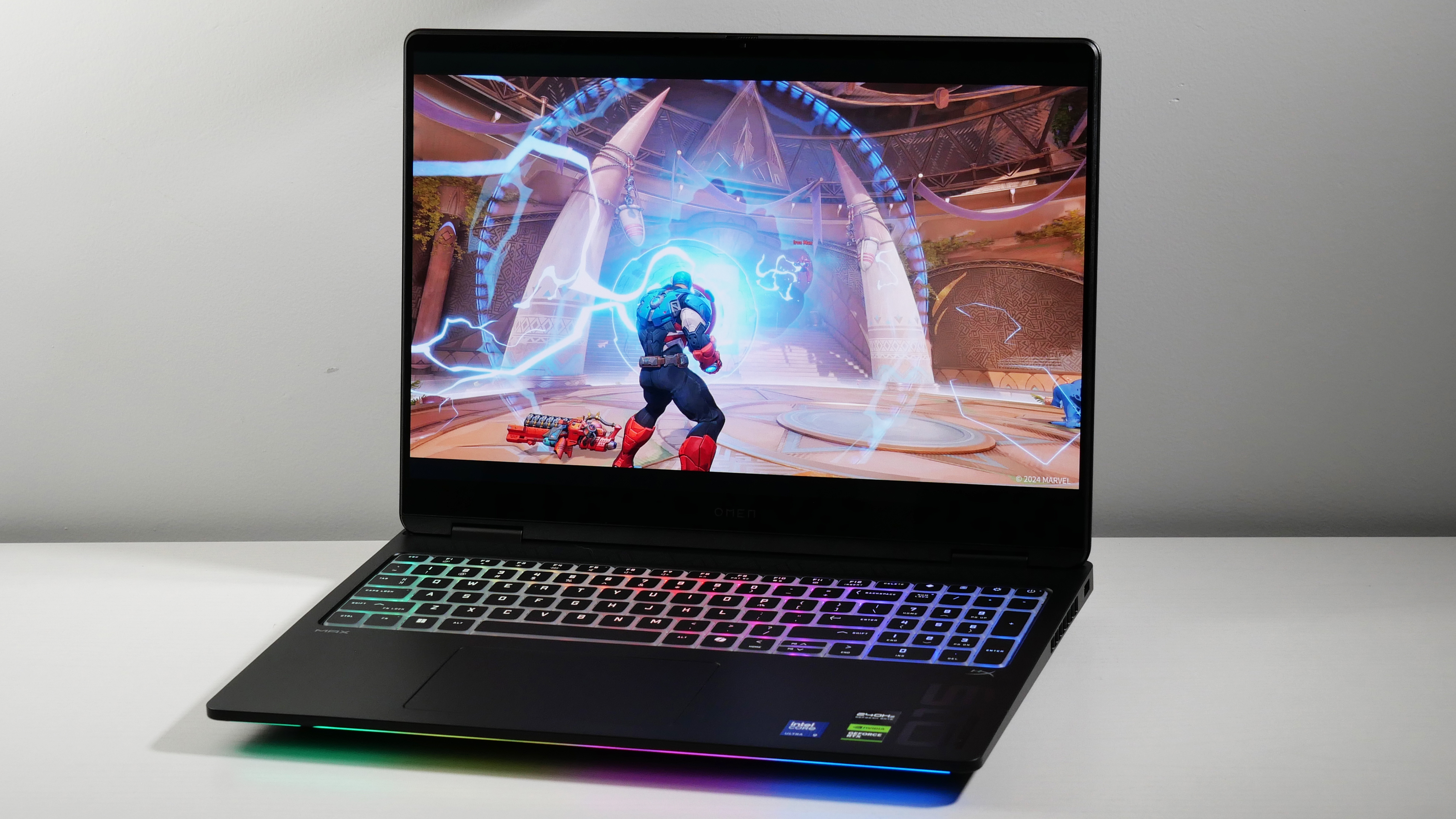
When it comes to 1080p gaming performance, the MSI Raider’s RTX 5080 GPU displayed a significant performance lead over both RTX 5090 systems.
The Raider took a full 33-frame lead on the Blade 16 in Assassin’s Creed: Mirage, and a 28 fps lead on the Omen Max 16 in Black Myth: Wukong using Cinematic graphics preset.
In fact, on most of the 14 games that we use for graphics testing, the Raider’s RTX 5080 outperformed both RTX 5090 laptops at 1080p resolution. The exceptions include Assassin’s Creed: Shadows, Dirt 5, and Metro Exodus Enhanced Edition at the Extreme graphics preset.
But for notoriously intensive games like Black Myth: Wukong, Cyberpunk 2077, Monster Hunter Wilds, and Red Dead Redemption II, the Raider once again surpassed its 5090 counterparts.
Click to view chart data in table format
| Header Cell - Column 0 | MSI Raider 18 HX AI (5080) | Razer Blade 16 (5090) | HP Omen Max 16 (5090) | Gigabyte Aorus Master 16 (5080) |
|---|---|---|---|---|
3DMark Fire Strike Ultra (Higher is better) | 13,865 | 14,024 | 12,734 | 13,695 |
3DMark Time Spy Extreme (Higher is better) | 10,050 | 10,770 | 10,100 | 10,097 |
Assassin's Creed: Mirage (1080p, fps) | 153 | 120 | 137 | 145 |
Assassin's Creed: Shadows (Ultra High, 1080p, fps) | 47 | 51 | 49 | 47 |
Black Myth: Wukong (Cinematic, 1080p, fps) | 79 | 58 | 51 | 52 |
Cyberpunk 2077 (1080p, fps) | 64.48 | 65.83 | 58.04 | 61.52 |
Dirt 5 (1080p, fps) | 164.3 | 177.3 | 255.3 | 176 |
Far Cry 6 (1080p, fps) | 118 | 97 | 109 | 120 |
Metro Exodus Enhanced Edition (Extreme, 1080p, fps) | 81.9 | 90.47 | 80.59 | 80.43 |
Monster Hunter Wilds (1080p, fps) | 80.94 | 70.86 | 76.55 | 85.67 |
Red Dead Redemption II (Ultra, 1080p, fps) | 59.163 | 86.9164 | Row 10 - Cell 3 | 73.4 |
Shadow of the Tomb Raider (1080p, fps) | 183 | 166 | 175 | 185 |
1080p performance isn’t the whole story
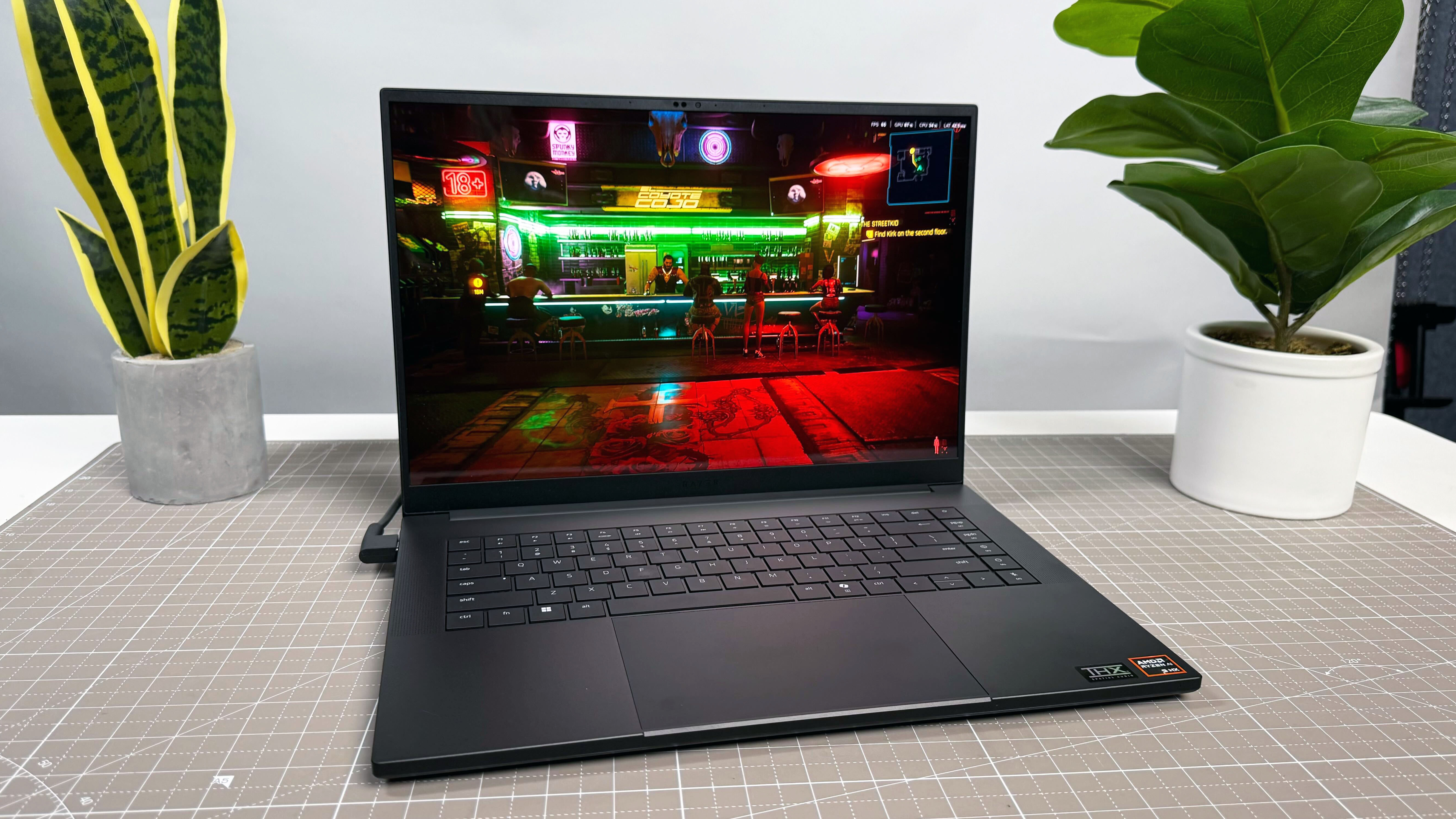
Of course, that’s just FHD performance. At the native resolution of the three laptops, the RTX 5090 tended to do far better. Of course, the Raider’s max resolution is 3840 x 2400, while the Omen Max 16 and Blade 16 cap out at 2560 x 1600p. But we’ll use the Gigabyte Aorus Master 16 as a stand-in for the Raider.
The Aorus features a 1600p display, an RTX 5080 GPU, and a similar Intel Core Ultra 9 275HX processor. While they’re not identical CPUs, and the Raider includes more system memory, their 1080p benchmarks are in the same ballpark.
With that said, the RTX 5090 takes the lead over the lower-spec GPU when it comes to higher resolution.
We’ve seen CPU bottleneck issues with Nvidia’s high-end cards over the last few generations of gaming laptops, where performance throttles at 1080p due to the communication between the CPU and GPU when rendering frames. Some of that is clearly at work here with the 1080p performance.
However, even at a higher 1600p resolution, the RTX 5080 is still competitive. The Gigabyte Aorus Master 16 was just about as fast as both RTX 5090 laptops on Assassin’s Creed: Mirage and Assassin’s Creed: Shadows, and that trend holds even with Black Myth: Wukong and Cyberpunk 2077.
The only games where we saw a significant performance gap between the RTX 5080 and RTX 5090 were Dirt 5 and Far Cry 6.
On Dirt 5, both 5090 laptops outperformed the Gigabyte by at least 55 fps. But on Far Cry 6, the RTX 5080 in the Gigabyte outperformed both RTX 5090 laptops by 9-19 fps.
Click to view chart data in table format
| Header Cell - Column 0 | MSI Raider 18 HX AI (5080) | Razer Blade 16 (5090) | HP Omen Max 16 (5090) | Gigabyte Aorus Master 16 (5080) |
|---|---|---|---|---|
Assassin's Creed: Mirage (Native resolution, fps) | 68 | 114 | 108 | 109 |
Assassin's Creed: Shadows (Ultra High, Native resolution, fps) | 25 | 42 | 42 | 39 |
Black Myth: Wukong (Cinematic, Native resolution, fps) | 24 | 44 | 40 | 39 |
Cyberpunk 2077 (Native resolution, fps) | 17.35 | 42.55 | 35.88 | 37.55 |
Dirt 5 (Native resolution, fps) | 84.2 | 143.6 | 185.8 | 88.5 |
Far Cry 6 (Native resolution, fps) | 67 | 94 | 104 | 113 |
Metro Exodus Enhanced Edition (Extreme, Native resolution, fps) | 31.64 | 64.45 | 57.32 | 57.13 |
Monster Hunter Wilds (Native resolution, fps) | 39.4 | 65.81 | 62.07 | 62.58 |
Red Dead Redemption II (Ultra, Native resolution, fps) | 23.878 | 64.999 | 55.061 | 54.37 |
Shadow of the Tomb Raider (Native resolution, fps) | 58 | 161 | 116 | 114 |
But portability is key for many laptop owners
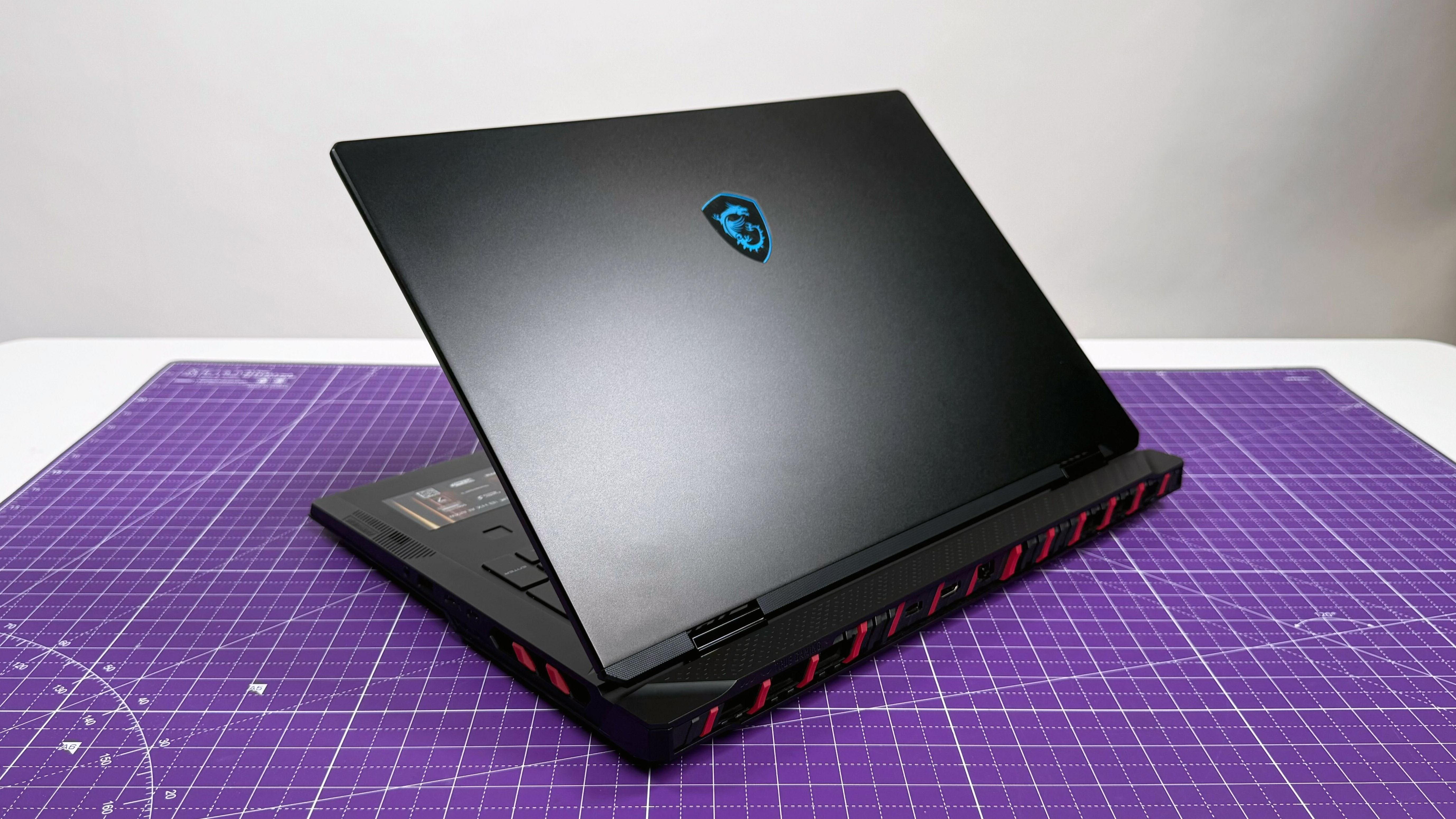
It’s time to choose between power and portability.
If you want the ultimate gaming experience, you’ll need a desktop replacement like the RTX 5090 version of the MSI Raider 18 HX. (It’s just $900 more than the RTX 5080 model.)
But if you want all that power while trying not to break your back, get a portable gaming laptop like the Razer Blade 16 (2025). That laptop is just 0.59 inches thick and weighs just over 4 pounds.
Now, if you’re capping your budget at exactly $4,499, you can choose between the portable Razer Blade 16 (2025) with an RTX 5090 or the mighty MSI Raider 18 HX AI with an RTX 5080.
The Blade 16 (2025) offers a slight edge in 1600p performance on some games, but at 1080p, it’s less powerful.
Or you can go for the Raider, which is more powerful at lower resolutions and has an 18-inch, 3849 x 2400, MiniLED display. After all, with Nvidia’s DLSS 4 super sampling and frame generation technology, you can get a fantastic 4K gaming experience with the Raider.
So, unless you’ve got to haul your gaming rig to a weekly LAN party, the Raider gets you more power for your dollar and an overall better gaming experience.
More from Laptop Mag
- Xbox's price hikes prove it's time to ditch your console for a gaming laptop
- I tested Intel's new graphics drivers on the MSI Claw. Here's what happened.
- If you preordered a Switch 2 you might want to buy a new Pro controller ASAP

A former lab gremlin for Tom's Guide, Laptop Mag, Tom's Hardware, and TechRadar; Madeline has escaped the labs to join Laptop Mag as a Staff Writer. With over a decade of experience writing about tech and gaming, she may actually know a thing or two. Sometimes. When she isn't writing about the latest laptops and AI software, Madeline likes to throw herself into the ocean as a PADI scuba diving instructor and underwater photography enthusiast.
